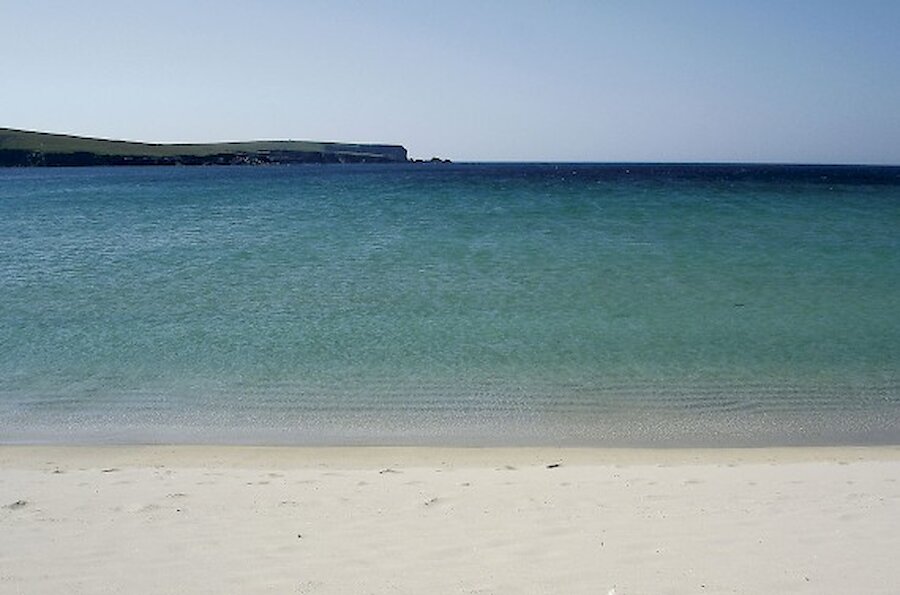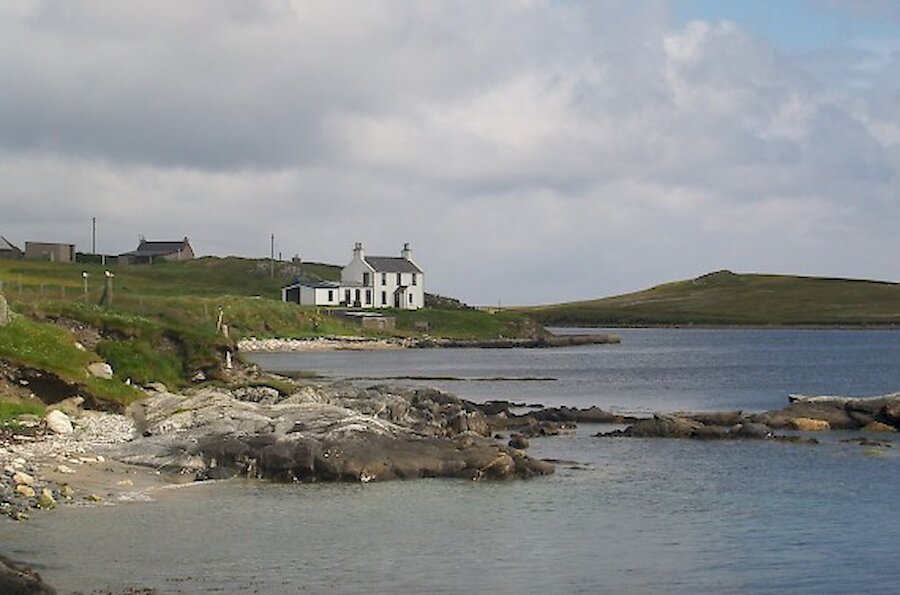Almost half a century after mains electricity first came to the island of Yell, This month saw the opening of a windfarm which will export electricity to the local grid and could make up to £1m for the local community.
Folk on the 80 square mile island, the second biggest in Shetland, had no mains electricity until the late 1960s, when a cable was finally laid following the successful ‘Yell for Light, Light for Yell’ campaign.
North Yell Development Council (NYDC) launched the five-generator, 4.5 megawatt project at Garth, between Basta Voe and Gloup, at the start of April. Electricity will be sold to the local grid as part of the NINES (Northern Isles New Energy Solutions) and once bank loans have been repaid, up to £1m could flow into the local community as a result.
In a poignant move, the five turbines all have names - Undaunted, Ann Jessie, Excelsior, Eel and Eliza --- taken from boats which were lost in the Gloup disaster of 1881, when a storm saw 10 boats lost and 58 fishermen killed.
Planning permission has been granted by Shetland Islands council for a much larger windfarm on Yell - the Beaw Field project by Peel Energy. This 17 turbine, 57.8 mW project is now under consideration by the Energy Consents Unit, and could in turn provide what Peel Energy claim could be around £250,000 in community benefit. The company’s project manager Bernadette Barry has admitted that the development hinges on provision of an interconnector, an HVDC (high voltage direct current) link between Shetland and the mainland of Scotland. This has always been seen as dependent on the massive Viking Energy windfarm on the Shetland mainland going ahead.
Peel this month unveiled proposals for an even bigger, 21-turbine windfarm at Mossy Hill between Lerwick and Scalloway on the Shetland mainland, with public consultation meetings on 25, 26 and 27 April in Lerwick, Scalloway, Gulberwick and Tingwall.
To enable them to proceed, both Peel and Viking Energy hope to obtain Westminster Government subsidies via the CfD ‘Contract for Difference’ scheme which aims to support offshore wind deveopments. However, the question of whether or not projects on Shetland - and the Western Isles - can be classified as ‘offshore’ developments has yet to be settled.


